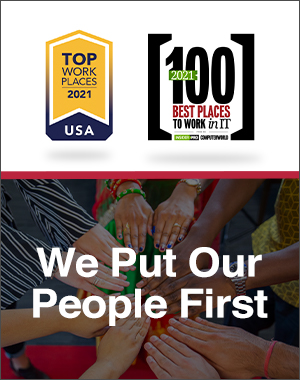
The upcoming transition to the Hospice Outcomes and Patient Evaluation (HOPE) assessment tool requires a comprehensive approach for hospice providers, one that integrates clinical, operational and technical adjustments.
Raianne Melton, RN, BSN, CHPN, Director of Clinical Services at Axxess, and Amy Rose, RN, MSN, Senior Product Director at Axxess, discussed some of the enhancements made to the Axxess Hospice solution to meet HOPE requirements, ensuring success and compliance for hospice providers as they prepare for the transition.
Leveraging Existing Technology
During the discussion, the two emphasized that Axxess Hospice is using current technology and functionality to streamline the integration of HOPE requirements, reducing the burden on clinicians and ensuring minimal disruption to patients.
“At Axxess, we understand hospices’ educational and operational challenges while implementing regulatory changes,” Melton said.
Rose outlined an updated, streamlined admission visit process for clinicians, saving them time.
“We have reduced seven clicks from the current assessment and really just made it a lot more streamlined for the user,” said Rose.
Rose highlighted the significance of the HOPE Update Visit (HUV), detailing that many of the questions and elements needed to complete those visits will be available in all nursing visits.
Rose detailed that the new symptom rating and impact questions are also being embedded into existing visits, making it easier for clinicians to document and follow up on symptoms.
“We wanted to marry this new regulatory responsibility with the existing user experience and give them an elevated experience,” Rose said. “What we’ve done in the Axxess design is merge those two concepts together, so as I’m assessing my patient, I’m giving them a subjective number and then I’m following up with my question about the impact of that symptom assessment.”
HOPE Center and HOPE Export Manager
The pair also walked through the HOPE Center and the HOPE Export Manager, key operational tools designed to help organizations manage and track the new regulatory requirements effectively.
“We want to bring tools that help you do that in your organization and of course will ultimately help us be more successful during HOPE,” Rose said.
The HOPE Center is designed to help clinicians track whether symptom impact questions have been completed and if any reassessments are required.
“The HOPE Center is going to live in the patient’s chart,” Rose said. “Here you can toggle between tasks and the HOPE Center.”
The improved and renamed HOPE Export Manager is designed to improve visibility and organization for providers.
“We will be releasing some updates to the HOPE Export Manager that improve the visibility when you have correction records,” Rose said.
The pair concluded the discussion by encouraging providers to seek out additional resources, like visiting Axxess Training and Certification and attending the HOPE workshop at the 2025 Axxess Growth, Innovation and Leadership Experience (AGILE) in May to prepare for the changes.
“It’s really about how do we prepare our staff members for such a large regulatory change in the industry,” Melton said.
To learn more about how your organization can prepare for HOPE, register for AGILE 2025, May 5-7 in Dallas.
